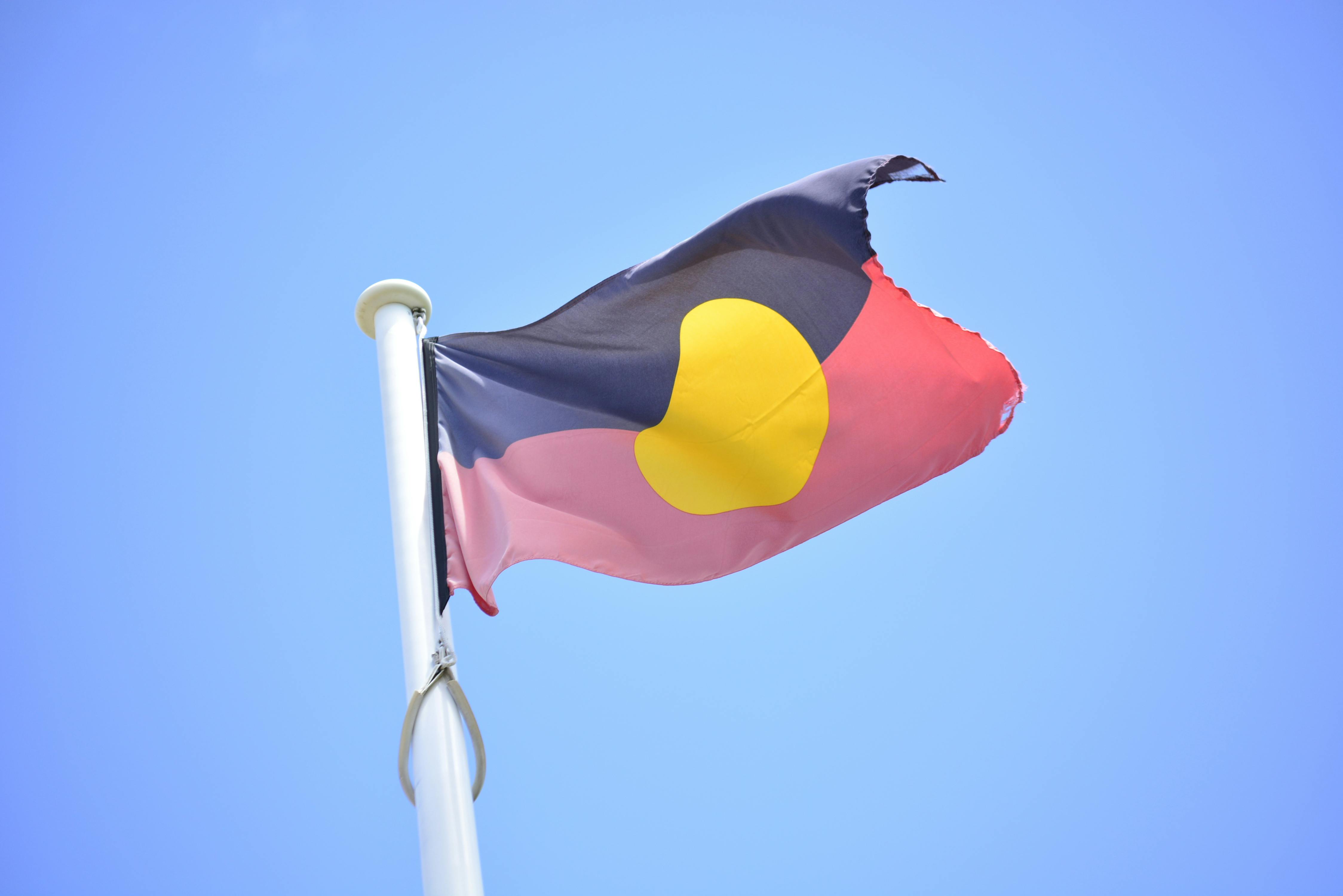
Syllabus Topic
HSC Topic Three - Economic Issues
Unemployment
main groups affected by unemployment
INTRODUCTION
Unemployment remains a pressing economic issue that significantly impacts Indigenous Australians, who experience disproportionately high unemployment rates compared to the general population. Historical and systemic barriers, including limited access to education, discrimination in the labor market, and geographical isolation, contribute to these challenges. As a result, Indigenous communities face not only financial hardships but also broader social implications, such as reduced economic participation and intergenerational disadvantage. Understanding the unique experiences of Indigenous Australians in the context of unemployment is essential for developing effective policies and programs that promote equitable economic opportunities and foster community resilience.
Overview of Employment Status Among Indigenous Australians
Approximately 485,500 Aboriginal and Torres Strait Islander people aged 15-64 were counted in the census data (2021). The labour force participation rate was 60%, equating to 289,700 individuals, with 253,600 employed (52%) and 36,000 unemployed (7%). Participation rates were higher for males (62%) compared to females (58%).
Employment Trends
The employment rate for Indigenous Australians increased from 47% to 52% between 2016 and 2021, with the highest employment in major cities (58%) and the lowest in very remote areas (32%). For First Nations people aged 25-64, the employment rate rose from 51% to 56%, narrowing the employment gap with non-Indigenous Australians from 24.7 to 22.0 percentage points. The unemployment rate for Indigenous Australians aged 25-64 decreased from 15% to 10%, and the gap in unemployment rates between Indigenous and non-Indigenous Australians narrowed from 9.7 to 6.0 percentage points.
Impact of Education
Educational attainment had a significant impact on employment rates among First Nations people aged 25-64. The employment rate increased with higher education levels, with 24% employed who had no qualification, 45% with secondary education, 72% with a Certificate III or IV, and 85% with a bachelor's degree. Those with long-term health conditions or needing assistance had lower employment rates, ranging from 17% to 53% for those with conditions compared to 65% for those without, and 14% employed needing assistance versus 62% without.
Barriers to Employment
Many Indigenous Australians face challenges such as conflicts between family responsibilities and employment, lack of job availability, and transportation issues like not having a driver's licence. In remote areas, 38% reported a lack of jobs as a barrier to employment, while 19% cited not having a driver's licence compared to 33% in non-remote areas.
Historical Context
Over the decade from 2008 to 2018, the Indigenous employment rate was around 49%, compared to 75% for non-Indigenous Australians. The employment rate for Indigenous Australians increased by 0.9 percentage points, while for non-Indigenous Australians, it fell by 0.4 percentage points. The target to halve the employment gap by 2018 (from 48% to 60% for Indigenous Australians) was not met, with the 2021 Census showing an Indigenous employment rate of 51% compared to 74% for non-Indigenous Australians. Current trends suggest that closing the employment gap could take up to 100 years.
Geographic Disparities
Geographic disparities in employment outcomes are significant, with Indigenous Australians in remote areas being more than twice as likely to be unemployed compared to those in major cities. Factors such as geographic mobility and educational attainment play crucial roles in influencing these employment rates.
Barriers to Employment and Cultural Experience
Mainstream service providers often misunderstand the barriers Indigenous people face in the job market, fostering distrust of government organizations. Many Indigenous individuals lack encouragement to pursue long-term career aspirations, with a focus on immediate employment. Historical trauma can also impact job choices, especially in taking up menial jobs with contentious history from White Australia and Stolen Generations policies. Data indicates that racism, exclusion, and identity strain contribute to high Indigenous unemployment rates, while organizations like Indigenous Employment Partners (IEP) strive to provide culturally safe job placements yet often do not encourage aspirational career pathways.
Multiple Choice Questions
Short Answer Questions
SOURCES
Australian Institute of Health and Welfare: Employment of First Nations people
National Indigenous Australians Agency: Aboriginal and Torres Strait Islander Health Performance Framework - Summary report
National Indigenous Australians Agency: Closing The Gap Report 2020
The Conversation: Closing the First Nations employment gap will take 100 years
Jobs and Skills Australia: First Nations People Workforce Analysis
ABC News: First Nations workers still overlooked despite nationwide employment shortage